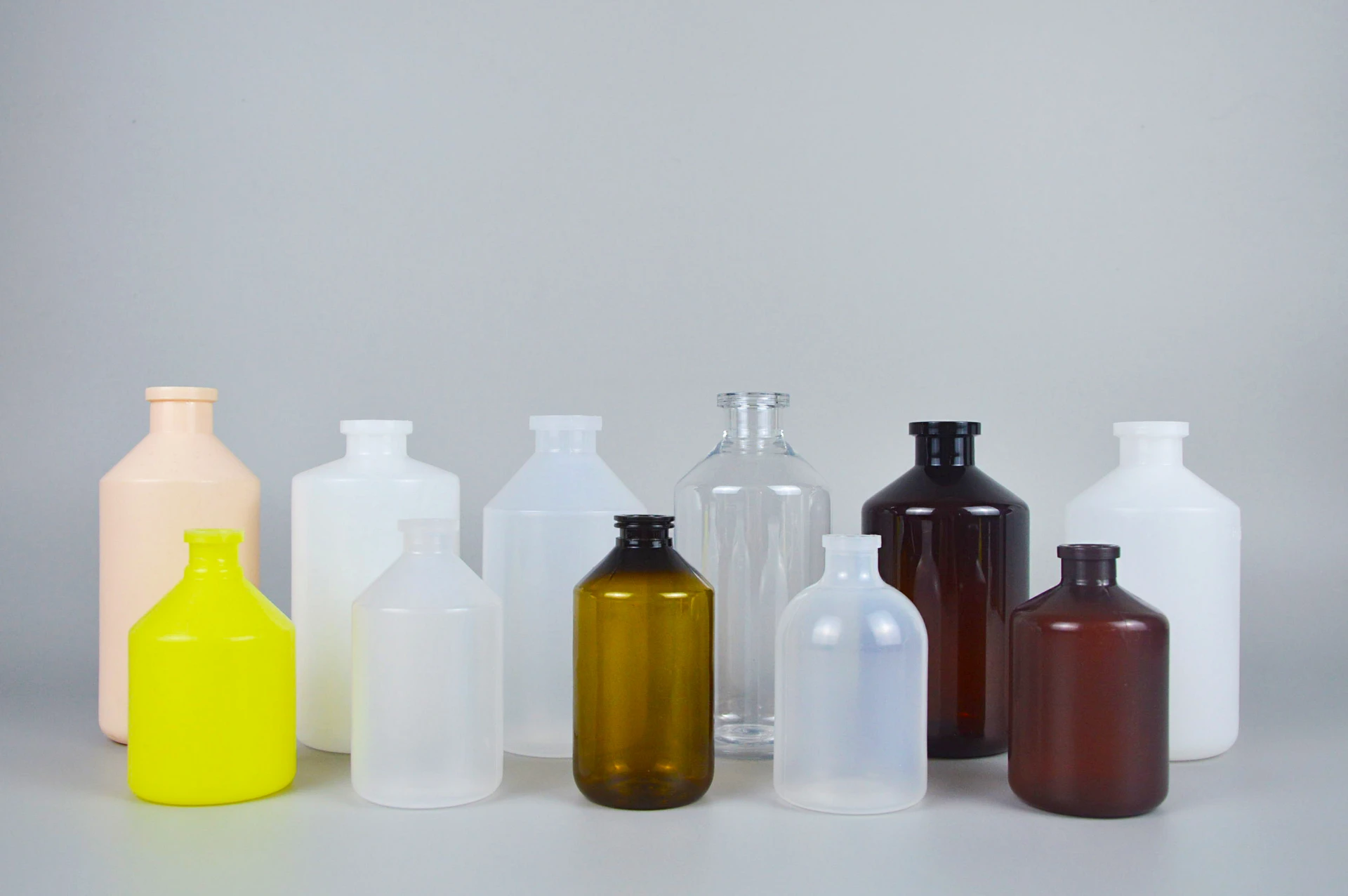https://www.wahmg.com/)">
Innovative Techniques for Producing Bottles Using Injection and Blow Molding Processes
Innovative Techniques for Producing Bottles Using Injection and Blow Molding Processes
Injection Blow Molding for Bottles A Comprehensive Overview
Injection blow molding (IBM) is a cutting-edge manufacturing process widely used for producing plastic bottles. This technique combines the benefits of injection molding and blow molding, resulting in highly efficient production with superior quality. As the demand for lightweight, durable, and cost-effective packaging solutions continues to rise across various industries, injection blow molding stands out as a preferred method for bottle production. This article explores the principles of injection blow molding, its advantages, applications, and advancements in technology that are shaping the future of bottle manufacturing.
Understanding the Injection Blow Molding Process
The injection blow molding process involves three key stages injection, blow, and ejection. First, plastic resin—commonly PET (polyethylene terephthalate), PP (polypropylene), or HDPE (high-density polyethylene)—is fed into an injection molding machine. The resin is heated until it becomes a molten material and is then injected into a preform mold to create a hollow preform with a threaded neck.
Once the preform is cooled and solidified, it is transferred to a blow mold. Air is then introduced into the preform, causing it to expand and conform to the shape of the blow mold, thus forming the final bottle design. After sufficient cooling, the bottle is ejected from the mold, ready for use or further processing.
Advantages of Injection Blow Molding
1. Precision and Quality IBM offers high precision in the production of bottles, ensuring that the walls are uniform in thickness and the dimensions are consistent. This translates to high-quality products that meet stringent quality standards.
2. Design Flexibility The IBM process allows for complex shapes and designs that can cater to various branding needs. From curved surfaces to intricate detailing, manufacturers can create unique bottles that stand out in the marketplace.
3. Material Efficiency This process minimizes material waste, as any excess plastic can be recycled and reused in the production cycle. Additionally, the ability to control the wall thickness enhances material usage, making it a cost-effective solution.
4. High Production Speed Injection blow molding is significantly faster than traditional blow molding methods. The cycle time is reduced, allowing manufacturers to produce large volumes of bottles quickly, which is crucial for high-demand products.
5. Enhanced Barrier Properties The IBM process facilitates the production of bottles with improved barrier properties, making them suitable for packaging sensitive products such as beverages, pharmaceuticals, and cosmetics.
injection blow molding bottles

Applications of Injection Blow Molding
Injection blow molding is versatile and finds applications in various sectors, including
- Beverage Industry It is extensively used for producing high-quality plastic bottles for soft drinks, mineral water, juices, and other beverages. The lightweight nature of IBM bottles makes them ideal for transportation and handling.
- Pharmaceuticals The precision and sterility offered by IBM make it suitable for manufacturing containers for medications, liquid vitamins, and health supplements.
- Cosmetics and Personal Care Bottles for shampoos, lotions, and perfumes often utilize IBM due to the creative designs and enhanced aesthetic appeal that can be achieved.
- Household Products Inject blow molding is also used for producing bottles for various household cleaners and detergents, which requires durability and resistance to chemical exposure.
Future Trends and Innovations
As technology continues to evolve, the injection blow molding process is also experiencing advancements. Innovations such as bioplastics, which are derived from renewable resources, are gaining traction. These eco-friendly materials present an opportunity for sustainable bottle production, addressing the growing concern over plastic waste.
Furthermore, industry 4.0 technologies, including automation and data analytics, are being integrated into the injection blow molding process. These technologies enhance operational efficiency, reduce downtime, and improve overall production quality.
Conclusion
Injection blow molding is a vital technology in the manufacturing of plastic bottles, with numerous advantages that position it at the forefront of modern packaging solutions. Its ability to produce high-quality, precision-engineered bottles quickly and efficiently makes it an essential process for various industries. As sustainability and technological advancements shape the future landscape of manufacturing, injection blow molding is poised to adapt and thrive, ensuring that it remains a key player in the packaging industry for years to come.
-
Wholesale Plastic Juice Bottles with Caps 16 oz Options Available Bulk Packaging SolutionsNewsJun.10,2025
-
Laboratory Apparatus Reagent Bottle – Durable & Chemical Resistant Bottles for Safe StorageNewsJun.10,2025
-
Squeezable Dropper Bottles Durable, Leak-Proof & CustomizableNewsMay.30,2025
-
Affordable Plastic Petri Plates Sterile & Disposable Lab-GradeNewsMay.30,2025
-
Eye Dropper Caps Precision 24/410 & Plastic Bottle-Compatible TipsNewsMay.30,2025
-
Affordable Mini Spray Bottle Price & Wholesale Deals Shop NowNewsMay.29,2025





















